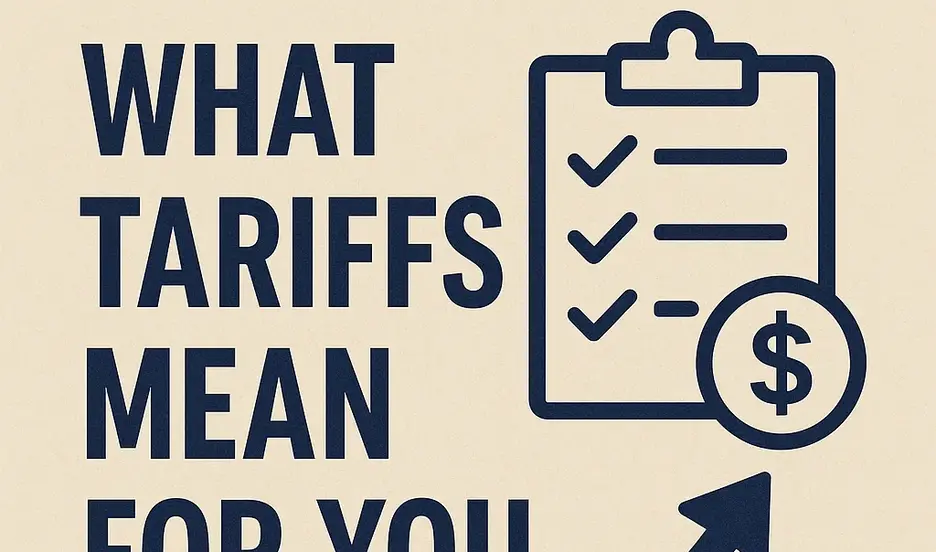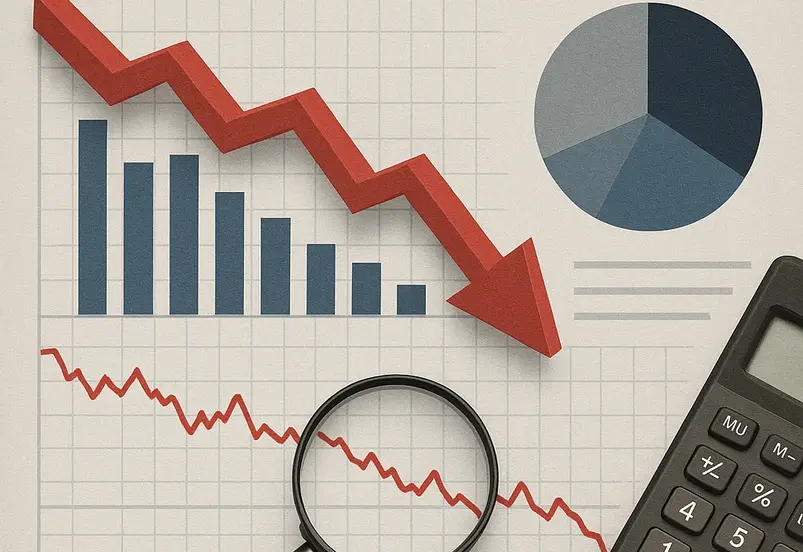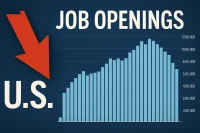US Tariffs 2025 are playing a central role in the nation’s economic slowdown. A new report from a key group of the world’s 38 wealthiest nations has sharply downgraded the U.S. growth forecast for 2025 from 2.2% to just 1.6%. The outlook for the global economy is equally concerning, with projections of a marked slowdown this year and next. At the heart of this uncertainty: stalled US-China trade talks and a new wave of tariffs.
Table of Contents
How Tariffs Are Shaping the US Economy in 2025
Trade Talks and Tariff Turmoil
- Ongoing negotiations between the US and China are a major focus, especially for industries like footwear and steel.
- The footwear industry, represented by the Footwear Distributors and Retailers of America (FDRA), is calling tariffs an “existential crisis.”
- President Trump’s recent comments suggest a focus on strategic industries (like military equipment and AI), not consumer goods like sneakers and t-shirts.
OECD Economic Outlook | US-China Trade Policy Analysis
Industry Voices: Footwear and Steel
- Matt Priest, CEO of FDRA, says the industry has paid billions in tariffs for over 100 years and is now seeking exemptions.
- The uncertainty of tariff rates (ranging from 10% to 154%) makes it nearly impossible for brands to plan pricing for 2026.
- Even with muted prices now, declining sales and rising costs threaten both businesses and consumers.
How Tariffs Affect US Retailers | US Economic Recession: What to Expect | Global Debt and Recession Blog
Search Multiple Jobs on WhatJobs
Key Points: What Tariffs Mean for You
- Higher Costs: If tariffs remain, expect prices for shoes, clothing, and other goods to rise by 15–20%.
- Consumer Impact: The average American spends $30–$50 on shoes; back-to-school shopping could get much more expensive.
- Small Businesses at Risk: Many suppliers are small, family-owned companies with thin margins. Some face duty bills rising from $60,000 to $360,000 per month.
- Steel Industry: Steel tariffs have boosted stock prices for US steelmakers but raised costs for automakers and other manufacturers.
- Job Market: While steel jobs increased slightly, manufacturing jobs at companies using steel dropped by 75,000 after the last round of tariffs.

The Uncertainty Factor
- Unpredictable tariff rates make it hard for companies to plan, price, and invest.
- Even if prices haven’t risen yet, consumer demand is already declining.
- Experts warn that these policies could backfire, raising prices and reducing US competitiveness.
FAQ: US Tariffs Impact on Economy 2025
What is the main impact of US Tariffs 2025 on the economy?
The main impact of US Tariffs 2025 on the economy is slower GDP growth, rising consumer prices, and greater economic uncertainty for both businesses and consumers. These tariffs are contributing to inflationary pressure and reducing corporate investment confidence.
How do US Tariffs 2025 affect American consumers?
US Tariffs 2025 are making everyday goods more expensive for American consumers. From electronics to clothing, higher import taxes are passed down to buyers, shrinking disposable income and increasing the cost of essentials like groceries, back-to-school items, and holiday shopping.
Which industries are most affected by US Tariffs 2025?
Industries most impacted by US Tariffs 2025 include automotive, steel, consumer electronics, footwear, and retail. Companies in these sectors face higher production costs due to increased prices for imported parts and materials, affecting both profit margins and employment.
Will US Tariffs 2025 help or hurt American jobs?
While US Tariffs 2025 may temporarily benefit certain industries like domestic steel, they are more likely to hurt American jobs overall especially in manufacturing sectors reliant on global supply chains. The result is often job losses due to higher input costs and disrupted trade.




